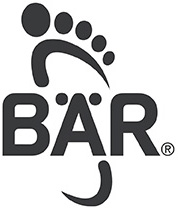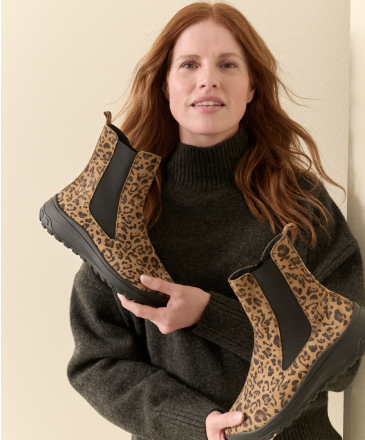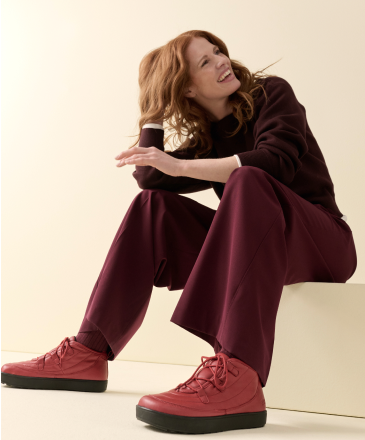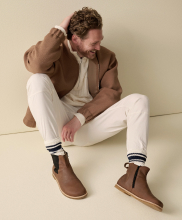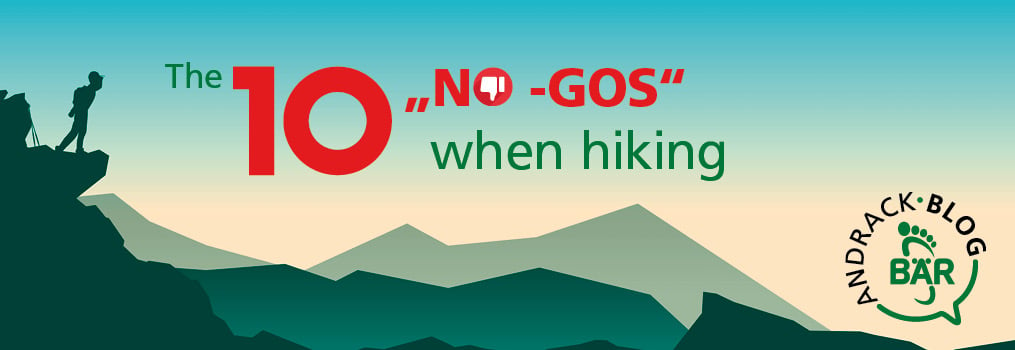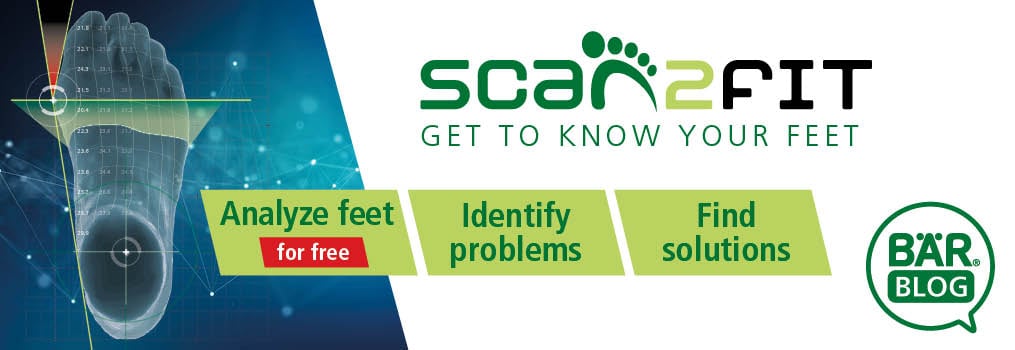Foot and myofascial system
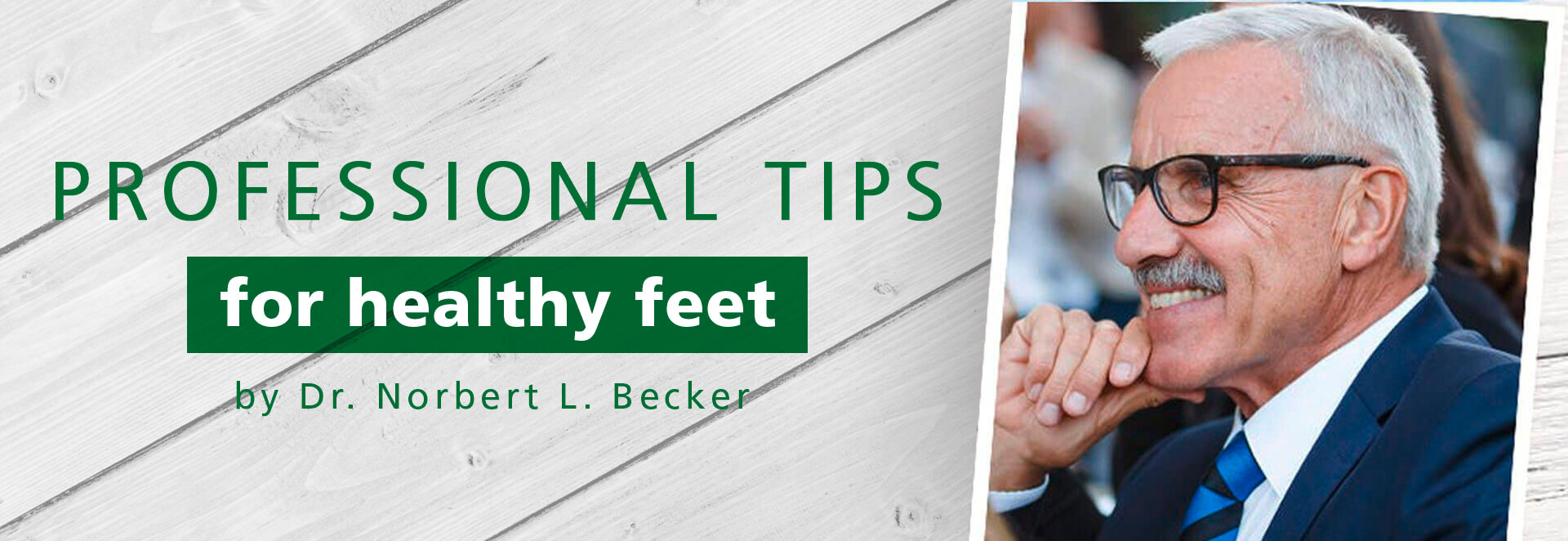
Exclusive tips from Dr. Norbert L. Becker
Foot and myofascial system
In my previous blog posts, we took a closer look at the functional structure of the foot and its mobility through muscles and tendons in the biomechanical process of walking and standing.
So what do fasciae have to do with the foot? Everyone is talking about them, but they are also shrouded in mystery. And what function do they actually have? If the bones provide stability, the muscles provide mobility and the tendons create the connections, what do the fasciae do? What exactly are fasciae and the myofascial system?
We don't know everything about fascia yet, but a lot has been researched in the meantime. The term "fascia" means bundle, compound or band. Fascia runs like a net through our body as an organ- and muscle-enveloping structure made of connective tissue. Fascia initially has a more passive function. It provides support and shape to individual organs and muscles. Fascia envelops the muscle tissue, bundles itself in the tendons, spans, moves and stabilizes the joints and thus forms the so-called 'myofascial system'.

What significance do fasciae have specifically for the foot?
All the muscle-fascia lines known today are connected to the foot, start there or go around it: the superficial dorsal line, the superficial frontal line, two lateral lines and the spiral lines (according to T. Myers). The fascial lines of the arms are also integrated into this system. The foot is therefore not only an important part of the 'tension network' in our body but also influences this network in a special way.

The illustration symbolizes the course of the fascial lines in the body, from the left, Figures 1 and 2: Superficial back line; Figure 3: Superficial front line; Figure 4: Lateral line; Figures 5 and 6: Spiral line back line; Figure 3: Superficial frontal line; Figure 4: Lateral line; Figure 5 and 6: Spiral line - (modified after T. Myers)
For example, the superficial spine line runs from the toes via the plantar fascia, which is located just under the sole of the foot, via the heel to the lower leg and from there up to the head.

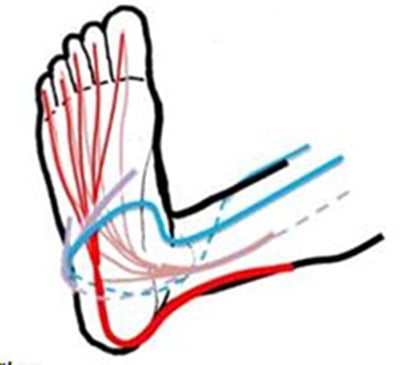
The illustration on the left symbolizes the course of the fascia lines on the foot; blue: spiral fascia; red: superficial dorsal line; purple: deep frontal line; brown: lateral line - © fair2feet Fig. on the right symbolizes the course of the plantar fascia in the sole of the foot
The interaction of the fascia with tendons, bones, joints and muscles results in the special functionality of the foot. After all, the foot is by no means just a static element for transferring body weight to the ground. Due to its flexibility and tension, it can tolerate different loads, perform corresponding movements and adapt to different surfaces.
But isn't there something else missing? Yes, of course, perception, feeling and sensing where and how I can place my foot - we haven't mentioned that yet. Just think of the stone in your shoe that presses on the sole of your foot: the pressure you feel is immediately translated into an appropriate reaction and movement of the foot, and therefore of the whole body, that avoids pain as far as possible. The sensitivity of the fascia plays an important role in this process.
Taken together, it is the complex sensorimotor system of the foot that interacts closely with the myofascial system and which has not yet been considered. We will describe it in more detail in another blog post.
But let's stay with fascia for now and ask the question: what keeps our body upright and stable, but at the same time makes it flexible and dynamic? It is the system of muscles and fascia that tenses our body, makes it stable together with the bony skeleton and at the same time keeps it flexible, and then mediates muscle tension via the fascia.
A disturbance or impairment of the function of the foot can therefore have far-reaching effects on the body via the muscle-fascia system and, if incorrectly loaded, can lead to functional disorders of the musculoskeletal system, cause general discomfort, pain and other negative consequences.
Such impairments should be counteracted, especially by wearing the right footwear. In addition to the right and comfortable shoes, foot gymnastics, walking barefoot and exercise of any kind are an important contribution to maintaining the function of the foot.
We will discuss how fasciae and the myofascial system can also be trained with innovative aids, 'stimulated' with a sensorimotor-mediated stimulus, especially with light pressure, and how their function can be supported in another blog post.
